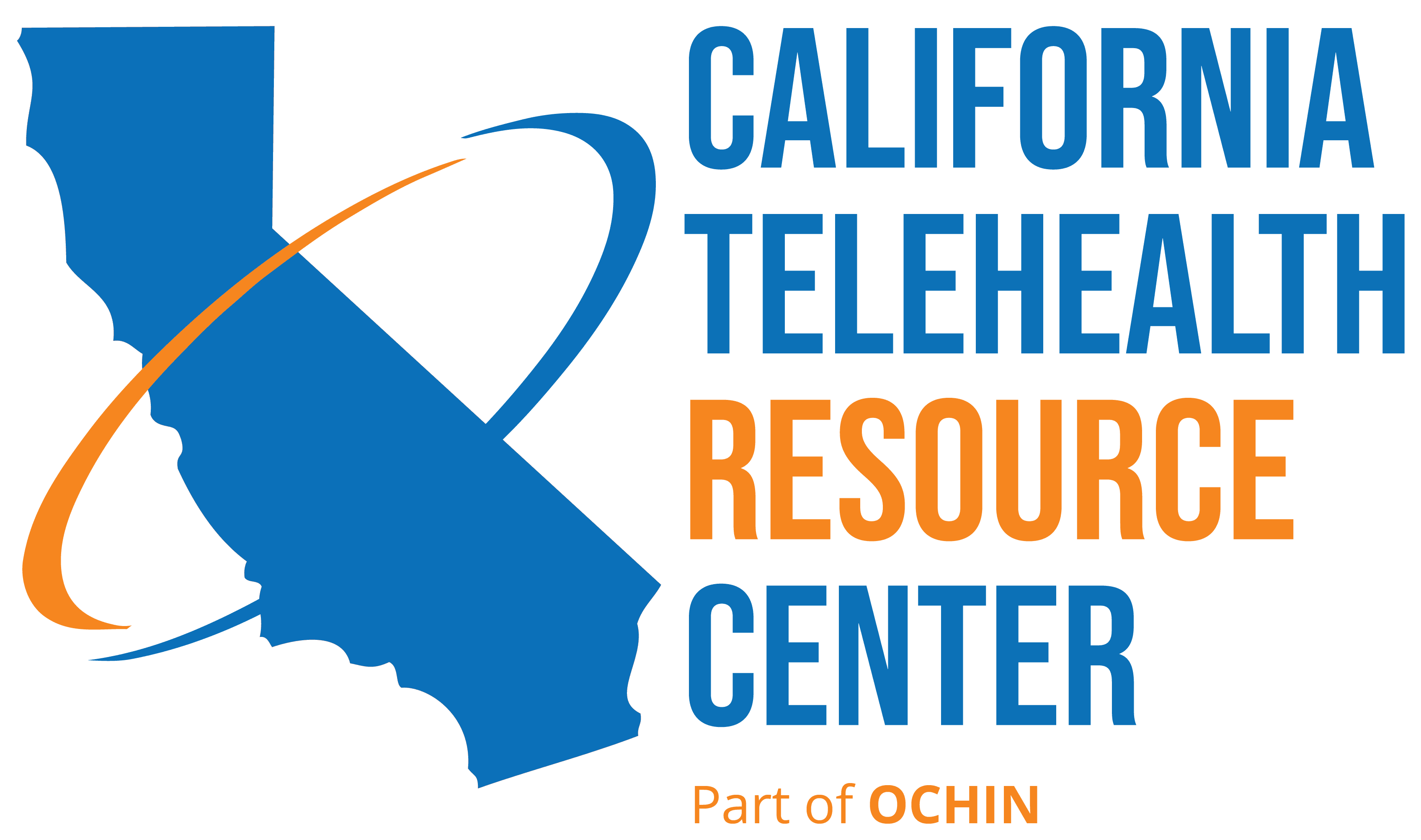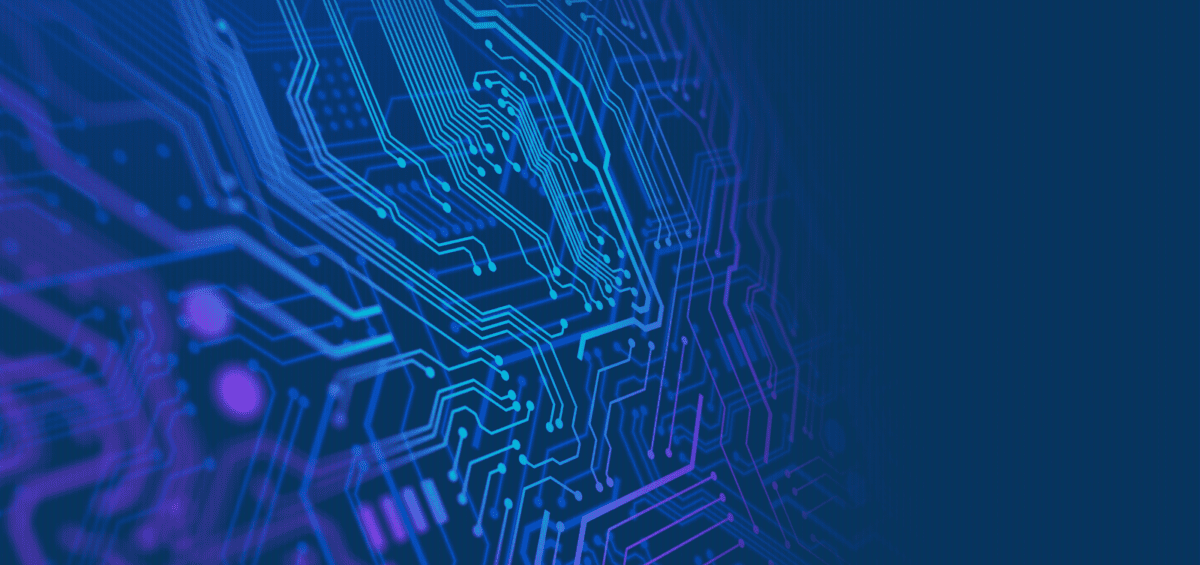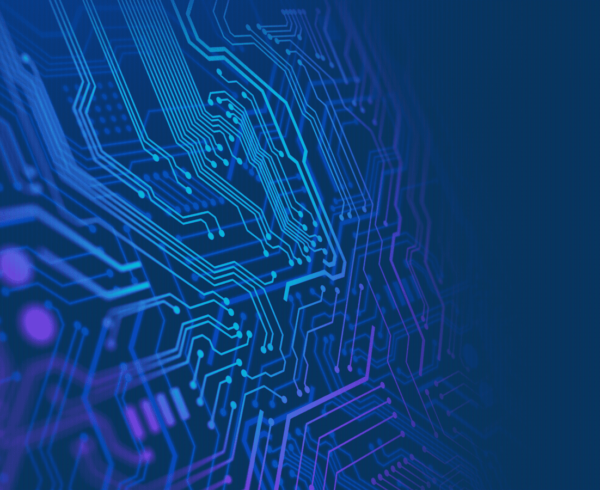Authored by: Sylvia Trujillo
Welcome back to Navigating AI: An Introductory Blog Series! Before we dive into AI’s applications and impact, it’s essential to differentiate between AI systems and AI functionalities—concepts that often get conflated. AI methods and systems define the architecture of AI but do not determine what the AI can do in a practical healthcare setting. That’s where functional capabilities come in. Also, any one system may combine these different methods.
1. Functional Capabilities define what AI can achieve—its core abilities to process, analyze, and generate insights from data:
- Pattern Recognition – Identifying and interpreting patterns in data (e.g., faces, speech, handwriting)
- Prediction & Forecasting – Estimating future outcomes based on historical trends (e.g., demand forecasting, risk assessment)
- Classification – Sorting inputs into predefined categories (e.g., spam detection, disease diagnosis)
- Content Generation – Producing new content, such as text, images, code, or music (e.g., generative AI models)
- Optimization – Solving complex problems efficiently (e.g., route planning, resource allocation)
- Natural Language Processing (NLP) – Understanding, processing, and generating human language (e.g., chatbots, translation)
- Decision Support & Automation – Providing data-driven insights or automating decision-making (e.g., fraud detection, clinical decision support)
- Perception & Sensor Processing – Interpreting sensory data from images, audio, or environmental inputs (e.g., computer vision, speech recognition)
2. Methods and Systems define how AI achieves these capabilities—encompassing algorithms, architectures, frameworks, and computational resources:
- Machine Learning Algorithms – The mathematical models that drive AI (e.g., neural networks, decision trees, support vector machines)
- AI Architectures – Structural designs of AI models (e.g., transformers, convolutional neural networks (CNNs), recurrent neural networks (RNNs), generative adversarial networks (GANs))
- Training Paradigms – Approaches for training AI (e.g., supervised learning, unsupervised learning, reinforcement learning)
- Optimization Techniques – Methods for improving AI performance (e.g., gradient descent, evolutionary algorithms, hyperparameter tuning)
- Data Processing – Techniques for preparing and refining data (e.g., feature engineering, data augmentation, anomaly detection)
- AI Implementation Frameworks – Software libraries and tools for building AI systems (e.g., TensorFlow, PyTorch, Hugging Face)
- Computational Infrastructure – The hardware and systems enabling AI execution (e.g., GPUs, TPUs, cloud computing, distributed computing)
- Evaluation & Benchmarking – Metrics and validation methods to assess AI performance (e.g., accuracy, F1-score, ROC curves, robustness testing)





Leave a Comment